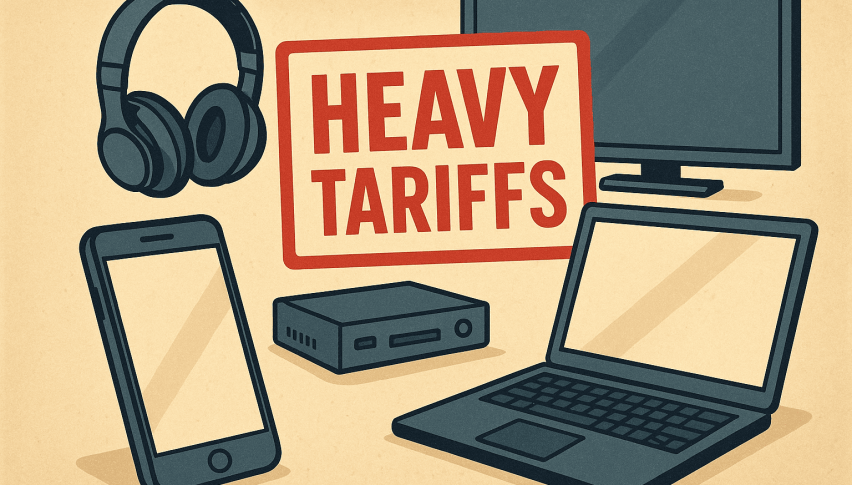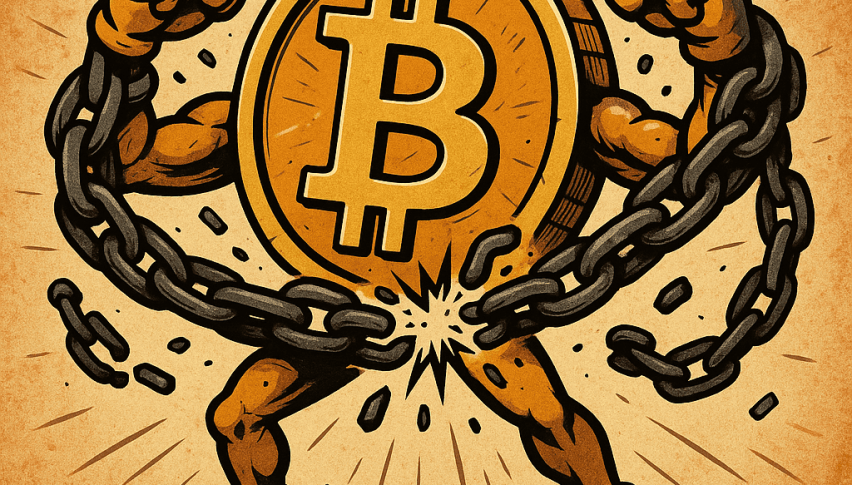Why Electronics Are Still Expensive after Tariff Exemption
New tariffs on electronics have been put on pause, bit not indefinitely, says sources in the U.S. government.

Quick overview
- Despite Trump's claims of exemptions, many tariffs on electronics remain in place, particularly from China.
- Nvidia is facing export challenges due to tariffs, impacting its stock price and signaling higher costs for electronics.
- Confusion persists regarding tariff policies, with conflicting statements from Trump and U.S. officials about future tariffs on electronics.
- Existing tariffs on global supply chains for electronics are expected to continue affecting prices, preventing any significant cost reductions.
Even though Trump said many electronic items would be exempted from new tariffs, there are still many tariffs imposed on electronics, including those issued by China and a number of other countries.

The stock markets added to last week’s gains early on this week but are now slowing down, and Nvidia’s (NVDA) flagging stock price is partly to blame. Nvidia reported on Tuesday that it was experiencing some export challenges with China, suffering from restrictions that will keep the company from offering its GPUs and other products at the same prices it has been selling them for. They are only one major electric company of many that are bracing for higher costs in the coming months.
As the United States has placed a pause on many tariffs for the next three months, Trump has singled out electronics- specifically smartphones and laptops- from new tariffs. China responded by easing off on their tariffs, but there are still tariff costs to consider for electronics. Many of those come from tariffs that were already in place when Trump began issuing new tariffs since taking office.
The announcements that have been made by governments in regards to reprieves on tariffs primarily applies to newly proposed ones or those that have been issued in the last few months. Electronics will still be expensive to ship between countries because of the existing tariffs, however. There is very little pullback on those existing expenses.
Tariff Uncertainty
There is plenty of confusion regarding the tariffs on electronics. Trump is issuing statements on his own that seem to contradict those coming from other sources within the government. For example, U.S. Commerce Secretary Howard Lutnick said that the pause on electronic tariffs is only temporary and will resume in a couple of months. These, he said, would apply to specific semiconductor products. Trump, on the other hand, stated that there would be no exception in regards to his orders on electronics tariffs.
This is only a small sampling of the back and forth that consumers are seeing from within the U.S. government where Trump says one thing that is broad and all-encompassing and then another source clarifies to add some context and entail exceptions. It is very possible that Trump will issue new tariffs and restrictions against China in particular and any other country whose response to his policies he is not happy with. That can escalate the trade war once more and result in higher costs for electronic manufacturers and consumers.
Most electronics rely on global supply chains, and those chains are being taxed by existing tariffs and will likely be taxed further in the near future by new tariffs. Do not expect electronics to suddenly become cheaper or to remain at their current costs all year long.
- Check out our free forex signals
- Follow the top economic events on FX Leaders economic calendar
- Trade better, discover more Forex Trading Strategies
- Open a FREE Trading Account



